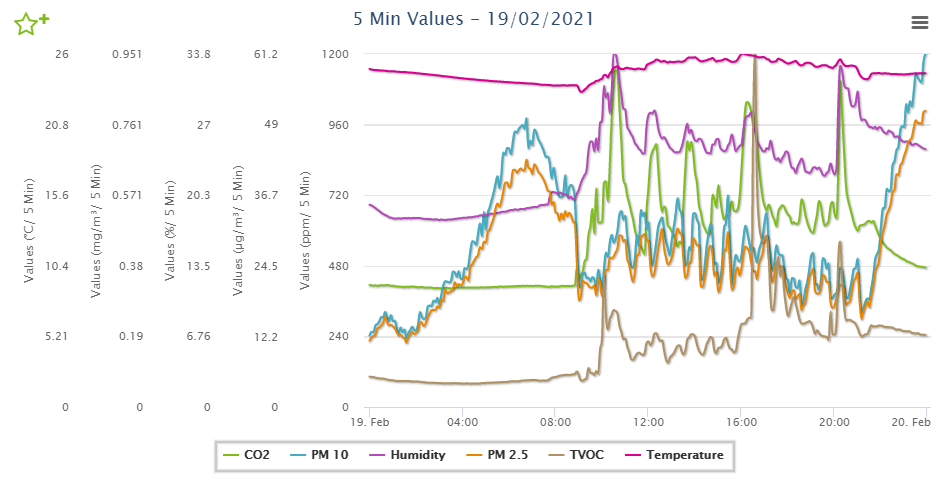The challenge
The built environment provides the setting for all of life’s activities: from buildings that include homes, offices, shops; to infrastructure like buses, trains, cars; all the way to the open spaces and the interactions of the people within them.
With increasing urban density, the role of the built environment and its impact on human health and wellbeing continues to grow. Ideally, a building and its surrounding environment should provide healthy conditions like low pollution, sufficient lighting and heating, safe drinking water, and ample fresh air supply; the latter being one of the most critical factors impacting human health and well-being.
Unfortunately, this is not always the case, with many homes and buildings around the world having replaced natural ventilation with mechanical heating, ventilation, and air-conditioning (HVAC) systems, due to poor outdoor air conditions, to improve the indoor air quality (IAQ). These systems control the indoor environment and help to remove moisture, odors, smoke, heat, dust, airborne bacteria, CO2, and other pollutants.
One of these pollutants is ‘particulate matter’ (PM), the most famous one being PM2.5. They can remain in the air for some time depending on air quality factors and can penetrate deep inside the human lungs. Moreover, research has shown that the amount of PM, along with the relative humidity and temperature in an indoor space, correlates with the potential for airborne infection inside a building. Fortunately, these select group of parameters are typically already monitored by building operators in real time. Therefore, by improving our understanding of these parameters, we all have the potential to revolutionize our approach to monitoring and control to improve our building’s indoor environmental quality conditions, especially after the lessons learned from the COVID-19 pandemic.











